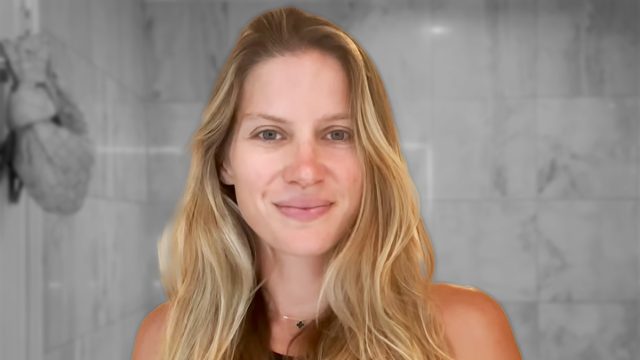Fat Loss Coach Reveals 6 Things to Do After a Major Cheat Weekend to Avoid Weight Gain

Have you been on a healthy eating kick and then indulged in a significant cheat weekend? According to one expert, you don't have to let it get in the way of your weight loss goals. Chelsea is a fat loss coach whose mission is "helping women love who they see in the mirror again" with "a mix of macros, dumbbells and chocolate," she writes in her Instagram bio. In a new social media post she discusses cheat weekends and reveals that you don't have to let them derail your diet. "If you overeat on the weekend here's exactly what you should do," she writes.
You Have to Eat a Lot to Actually Gain a Pound of Body Fat
https://www.instagram.com/reel/DDr1Hq1v4sh/?utm_source=ig_embed&utm_campaign=loading
"You should understand that one bad weekend will not ruin all of your progress," she explains in the beginning of the post. "And that in order to gain a true pound of body fat, you have to eat 7,000+ calories. This obviously dependent on the individual, but it would likely be 3500 calories (1lb) + current average/consumption (maintenance calories)."
Overeating on the Weekend Can Slow Down Your Process
"So having that kind of calorie awareness is extremely important when it comes to your fitness journey! If you over eat every weekend, will it likely compound and cause you to stall or lose progress? Sure," she says.
There Are a Few Things You Can Do After Over Indulging
https://www.instagram.com/reel/DBb8QgMPNhF/?utm_source=ig_embed&utm_campaign=loading
"Do I recommend eating out all the time if your goal is weightless? No. But can you still enjoy your favorite foods on the weekend and have a weight loss or recomposition goal? YES! It all comes down to having the awareness and budgeting calories to account for these meals. If you have a slightly over indulgent weekend and weight loss is your goal, here are a few things you should do," she says.
Hydrate
Her first recommendation is to hydrate. "Really hydrate," she emphasizes. According to the Mayo Clinic, hydration is essential for various reasons. Water helps eliminate waste through urination, perspiration, and bowel movements, keeps your temperature regular, lubricates and cushions joints, and helps protect sensitive tissues.
Lift Weights
Next, pick up the weights for a strength training session. "3-4x a week of weightlifting," she suggests. According to the Mayo Clinic, strength and weight training help reduce body fat, preserve and increase lean muscle mass, and burn calories more efficiently. Strength training may also help you:
- Develop strong bones
- Manage your weight
- Enhance your quality of life
- Manage chronic conditions
- Sharpen your thinking skills.
Walk
Lace-up your sneakers and start walking, she suggests. "Get those steps in, girl!" Going for a daily walk can be a game changer, especially at a brisk speed. One study published in JAMA Internal Medicine found that walking at a brisk pace for about 30 minutes a day reduced the risk of heart disease, cancer, dementia, and death, compared with walking a similar number of steps but at a slower pace.
Do LISS Cardio
Next, she recommends LISS cardio "if this is part of your current plan or just to get a lil sweat in," she says. LISS stands for low-intensity steady state, which involves performing cardio at a consistent, moderate pace for a set period of time.
Go Back to Your Normal Deficit Calories
One really important tip is to avoid starving yourself. "Go back to your normal deficit calories," she says. "Do NOT eat less because you ate more over the weekend."
Cook Your Meals
https://www.instagram.com/reel/C-GgcBbvuvb/?utm_source=ig_embed&utm_campaign=loading
Instead of eating out, which you likely did during your over-indulgent weekend, get busy in the kitchen. "Cook 90% of your meals at home," she writes. "Reminder, we are a reflection of what we do MOST of the time, so a few days once in a while will not hurt our progress!" And if you enjoyed this article, take advantage of these 15 Quick Ways to Lose Body Fat Percentage in a Week.




